Hidden Archer: Intveld’s photographs highlight LGBTQ+ students
A collage of photos by Aviva Intveld ’19 for her photography project on LGBTQ+ rights in the Archer community. Even though this was three years ago, Intveld said it is still a very meaningful project to her. Photo courtesy of Intveld.
For members of the LGBTQ+ community worldwide, coming out can be a difficult hurdle to cross. Even at an environment such as Archer’s, situated in the middle of a typically liberal-leaning city like Los Angeles, with a mission statement that promises to, “strengthen girls’ voices in a diverse and culturally rich environment,” students sometimes find it difficult to express their sexual identities. This is the subject of sophomore Aviva Intveld’s photography project, which started last semester and has carried into the new school year.
“I had a lot of friends in the LGBTQ+ community, and seeing them feel as though they weren’t comfortable at Archer, or expressing themselves at Archer the ways the wanted to, prompted me to start the project,” Intveld said. “It was initially more of an idea just to give a voice to the voiceless in the Archer community, but it grew into something more.”
In her artist’s statement, Intveld notes that, “according to the National Survey of Sexual Health and Behavior, 5.6% of the population identifies as LGBTQ+. That would mean that there an estimated 28 gay youth at Archer alone, but our GSA only contains 10 members.” She asks, “How many students feel uncomfortable coming out, and why?”
Starting with only nine “brave” participants from both the middle and upper schools, interest in Intveld’s work grew so that the project, as it stands now, has captured 19 student voices.
“It started out mostly with the participants from [the GSA club], but then once people began to see it, I had a lot of volunteers email up to me and saying, ‘I saw it, can I participate?'” she said. “And so then after that, I hung up a poster next to it saying: ‘If you want to have your voice heard and be a part of this project, email me.’ And then the volunteers started rolling in.”
All the volunteers were asked three questions. According to Intveld, they were:
- What do you identify as? You can be as broad as gay or queer, or as specific as bi, pan, demi, poly, ace, etc
- Are you comfortable being out in the Archer Community?
- If not, why? If so, why?
Answers to the last question varied, with one student commenting that Archer makes her feel “safe and supported.” Others said they weren’t out; for some, it was because they didn’t want their sexuality to define them, while others felt like they might be judged or treated differently.
Intveld’s goal was to give Archer’s gay community “visibility” through her artwork; as for what she has planned for part two of her project, she said she wants to spread that visibility to other L.A. private schools. She hopes that Loyola High School will be one of them, bringing the all-boys perspective to her work.
She’s working with Beth Gold, history teacher and Diversity Coordinator, and Travis Nesbitt, Dean of Students, to reach out to private high schools in the LA area – so far she’s gotten contact information for Crossroads School, Marymount High School, Loyola High School and Brentwood School.
“I feel like since the teen LGBT community is so diverse, it only makes sense to mirror that [in the photos],” she said. “Ultimately, the goal would be to get as many participants as possible throughout LA.”
Intveld was shocked by the strong reaction her photos elicited from the Archer community during the 2015-2016 school year.
“I was expecting a couple comments here or there from maybe some close friends of mine, but I had people that I had never met before coming up to me, telling me that they saw the project hanging up in the hallway and saying that it had impacted them,” she said.
She recounted a particularly thought-provoking reaction she’d gotten from a member of her grade.
“She said it impacted her because it made her think that it could be her best friend, or it could be her sister, it could be anybody near her. And I said, ‘Well, does that make you feel uncomfortable?’ And she looked at me first and she was like, ‘I don’t know.’ And I said, ‘Oh, well maybe you should think about why you feel that way.’ She seemed very, I don’t know, taken aback by the thought that it could be her best friend,” Intveld said.
“It was interesting because it wasn’t pushing any certain agenda, I think, and I didn’t mean to be pushing any specific bias or agenda behind it,” she said. “It was simply an opportunity to get a glimpse into the LGBT community here at Archer.”
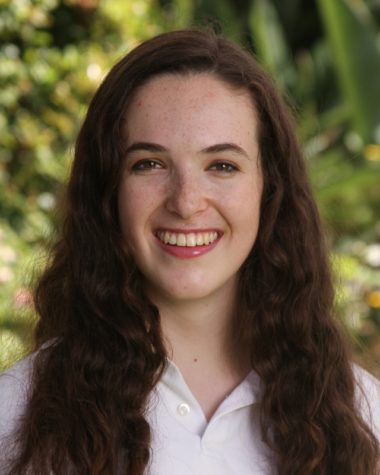
Eloise Rollins-Fife joined the Oracle staff in 2015 and was promoted to co-Voices editor in 2016. She became the Managing/News & Features Editor for...



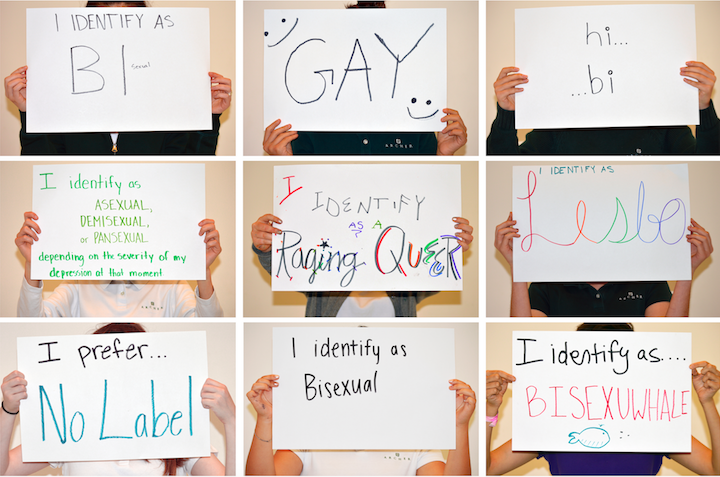

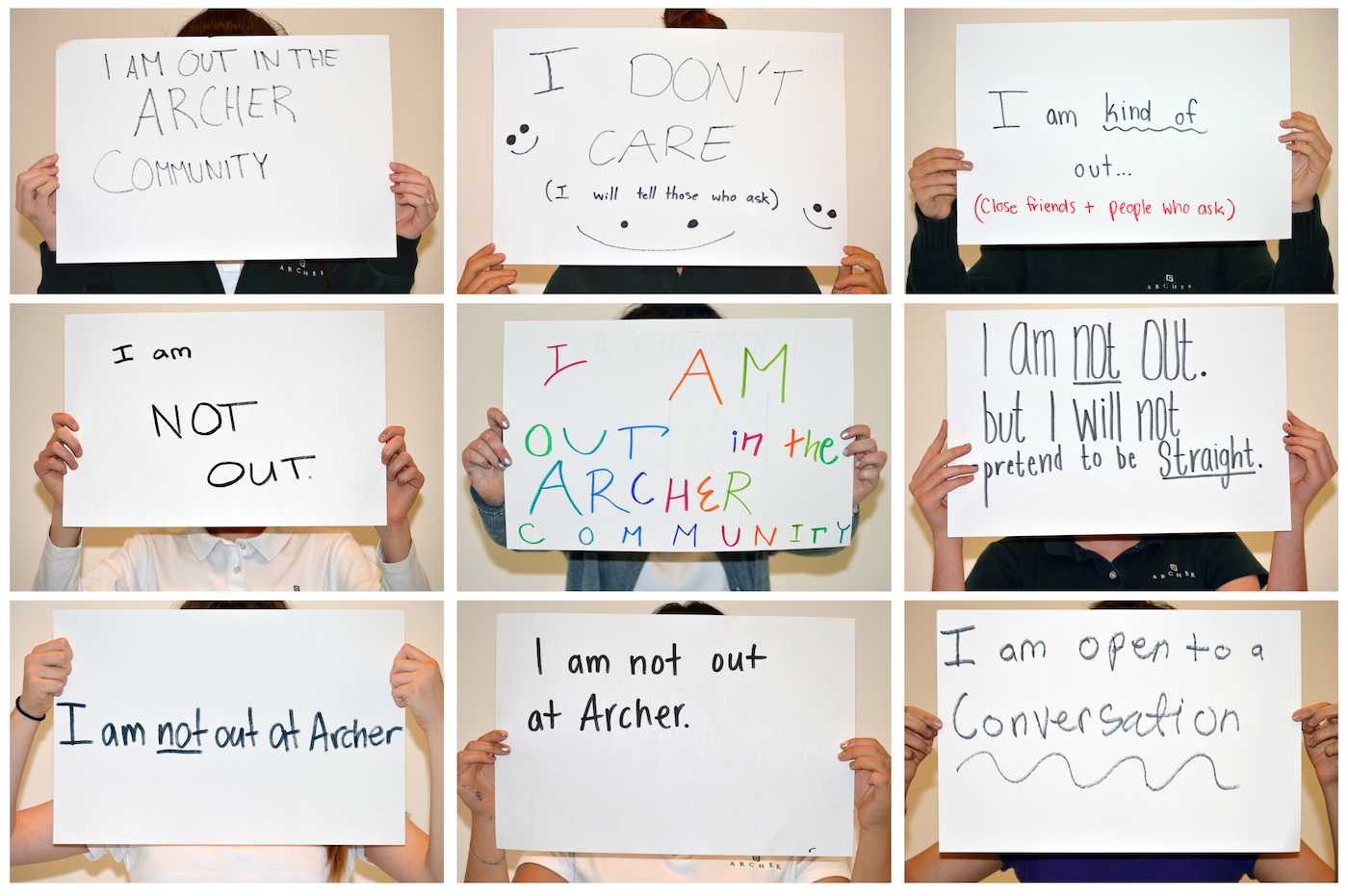
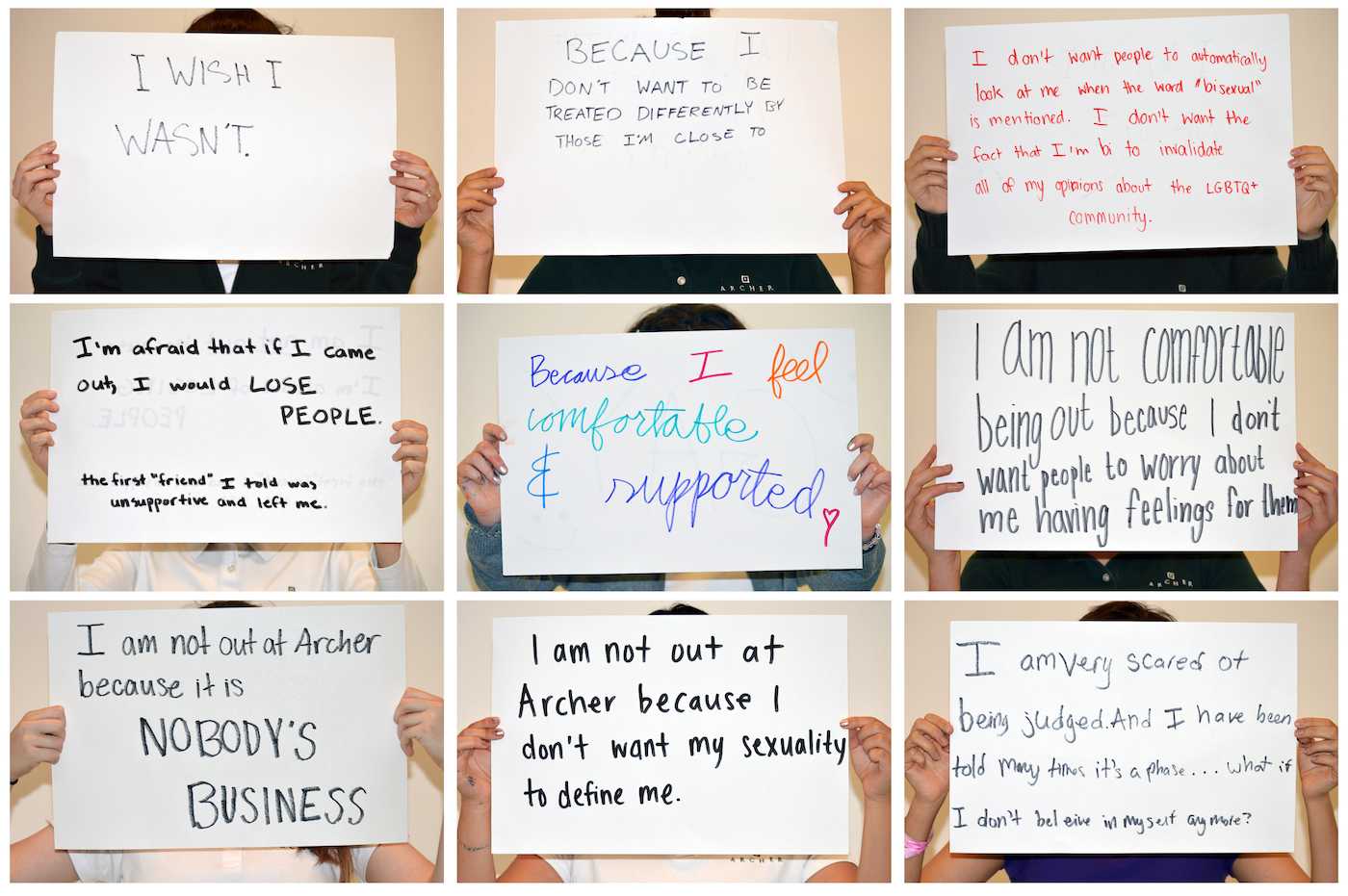







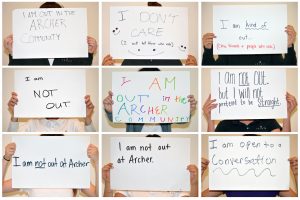
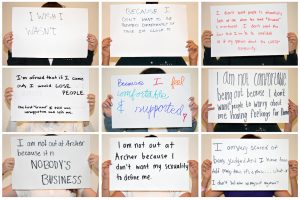









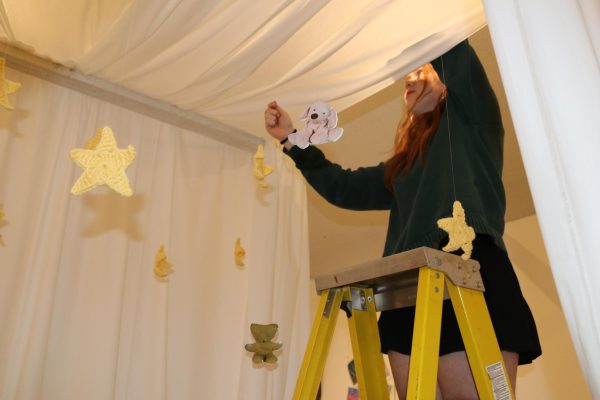
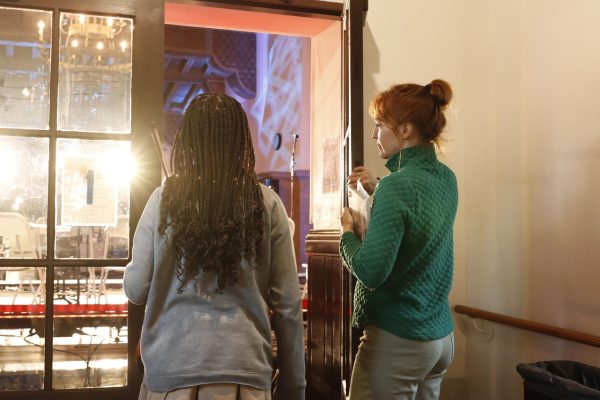


Carly Winant • Oct 10, 2016 at 7:10 pm
This project is so beautiful! <3 It makes me wish I had been more honest and fully out as a lesbian during my time at Archer. It makes me so happy to see so many students who are out or at least willing to talk about something that's so hard. It's something that doesn't get talked about a lot in Middle School or Upper School so shout out to Aviva for bringing some much needed awareness! Sending love and support to all of Archer's LGBTQ+ community! xoxo